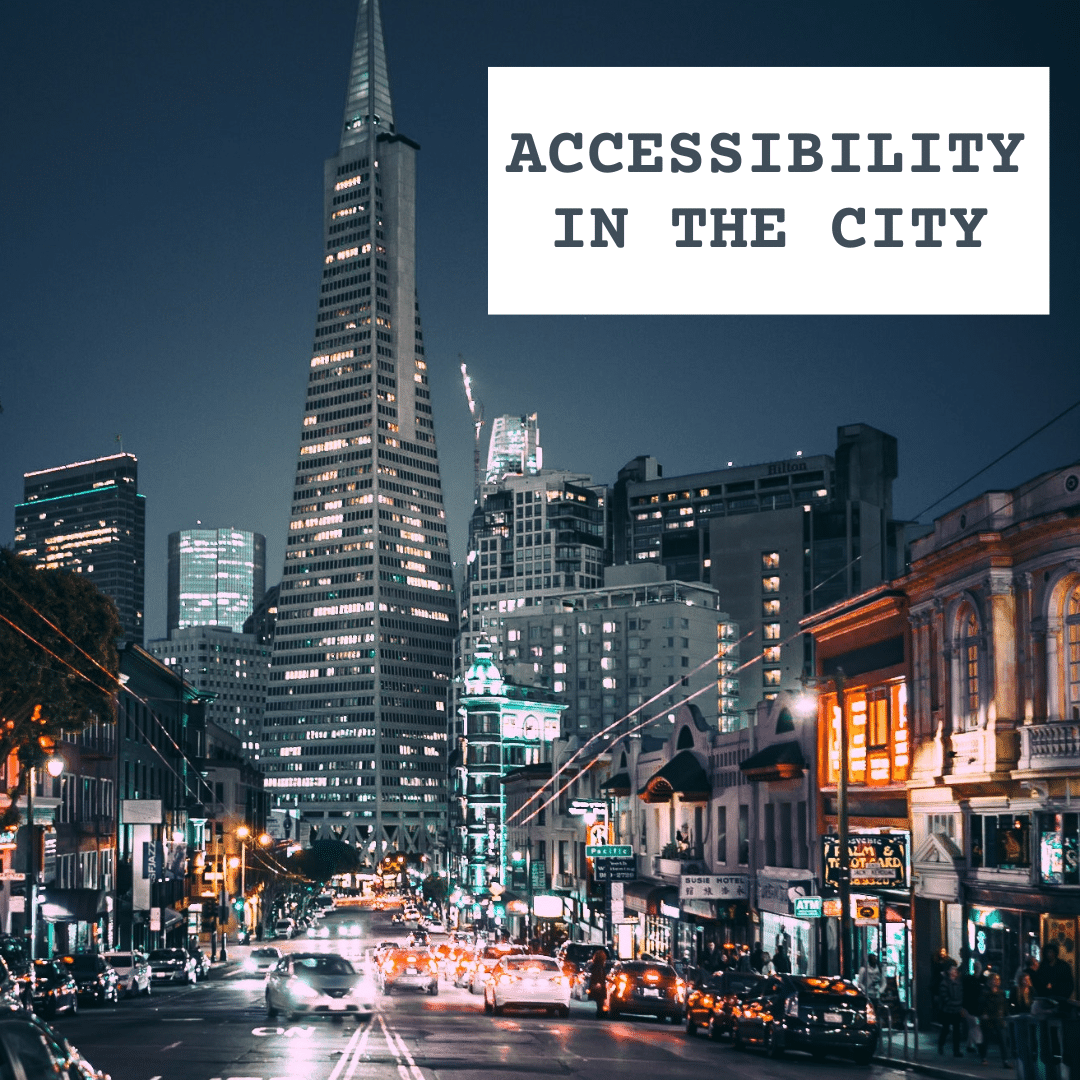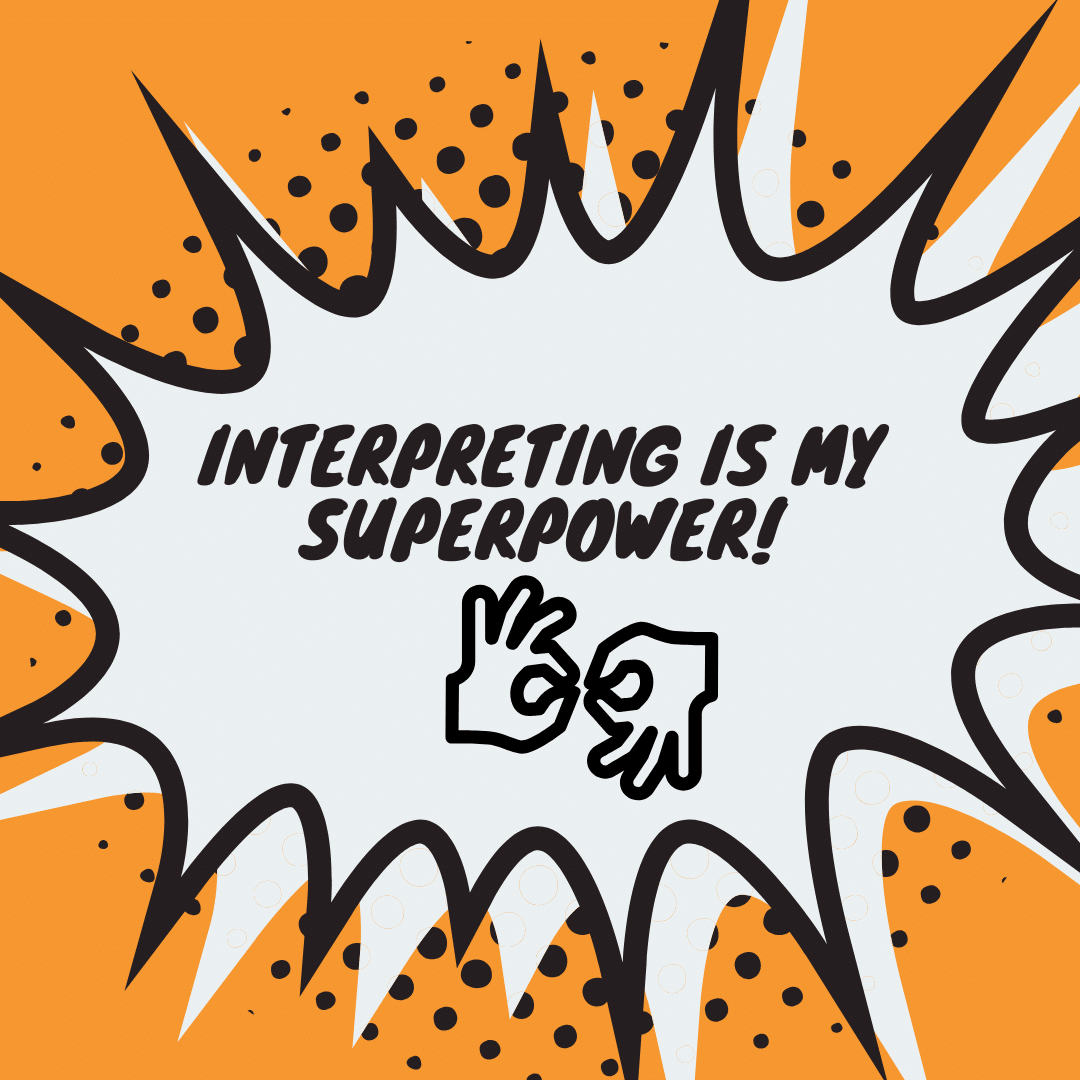
Free Online Sign Language: ASL 1 – Unit 9 Sample
In this unit sample of the free online sign language classes, you will be learning about verbs.
Conversation 1.5
Read this outline, and then watch the conversation in action in the video below. Try to recognize what is being said. Watch the video again until you can follow the conversation without the outline.
B: WHERE YOU WORK WHERE YOU?
“Where do you work?”
A: ME THERE
WORK fs-DELPHI CLOTHING. ME ASSISTANT.
“I work at Delphi clothing. I am an assistant.”
B: YOU LIKE YOUR #JOB YOU?
“Do you like your job?”
A: YES, COMPUTER PHONES. YOU WHAT-do?
“Yes, I work on the computer and answer phones. What do you do?”
B: ME ACCOUNTANT.
“I’m an accountant.”
A: NICE!
“A: Nice.”
Conversation 1.5 Explained
A: ME THERE WORK fs-DELPHI CLOTHING. ME ASSISTANT.
“I work at Delphi clothing. I am an assistant.”
If you remember from the conversations in Unit 3 and Unit 5, signer B and signer A used indexing to set up the school in their signing space (behind signer B) and used that same location when referring to the school again. You learned about indexing in Unit 7.
In this conversation, which could be a continuation of the last two conversations, signer A used a different indexed location to refer to their workplace (toward signer A’s left). When indexing, you want to make sure you don’t set up different people or places in the same location in your signing space. Otherwise, it can become confusing when referring to them again later in the conversation.
B: YOU LIKE YOUR #JOB YOU?
“Do you like your job?”
The sign for JOB in this conversation is the lexicalized version of the sign (which you learned about in Unit 2).
A: YES, COMPUTER PHONES. YOU WHAT-do?
“Yes, I work on the computer and answer phones. What do you do?”
“WHAT-do” is a very common wh-word question. It is the lexicalized sign #DO-DO with the wh-word question facial expression. You can use this sign in sentences such as “YESTERDAY YOU WHAT-do?” (“What did you do yesterday?”) or “I SICK. WHAT-do?” (“I’m sick. What should I do?”).
Verbs
You may have noticed that certain verbs are signed differently than others. There are three types of verbs in ASL: plain, directional, and spatial.
- Plain Verbs
With plain verbs, you need to specify the subject and object of the sentence, or they won’t make any sense. (i.e. CAN) - Directional Verbs
You can indicate the subject and object of the sentence by moving the directional verb between the subject and object of the sentence. The sign would start with the subject and end with the object. These verbs can also specify the number of subjects or objects with the sweep movement that is used with plural pronouns. (i.e. he-GIVE-her) - Spatial/Locative Verbs
The subject or object of a sentence can also be indicated with spatial verbs, but this type of verb is used to show where the action is taking place. For example, if I sign PUT-up, then that means something is being placed up high. (i.e. PUT-up)
In the video below, our signer will demonstrate the different types of verbs:
Take Our Free ASL 1 Course
This unit is just a sample of our complete course where you can learn American Sign Language quickly and easily. Enroll in our Free ASL 1 Course today!
Start Learning ASL Today!
 Ready to start learning real American Sign Language and not just basic signs? Do you want to be a part of the vibrant Deaf community? Check out our Free ASL 1 Course or our Complete 4-Level ASL Course options and start learning ASL today!
Ready to start learning real American Sign Language and not just basic signs? Do you want to be a part of the vibrant Deaf community? Check out our Free ASL 1 Course or our Complete 4-Level ASL Course options and start learning ASL today!








